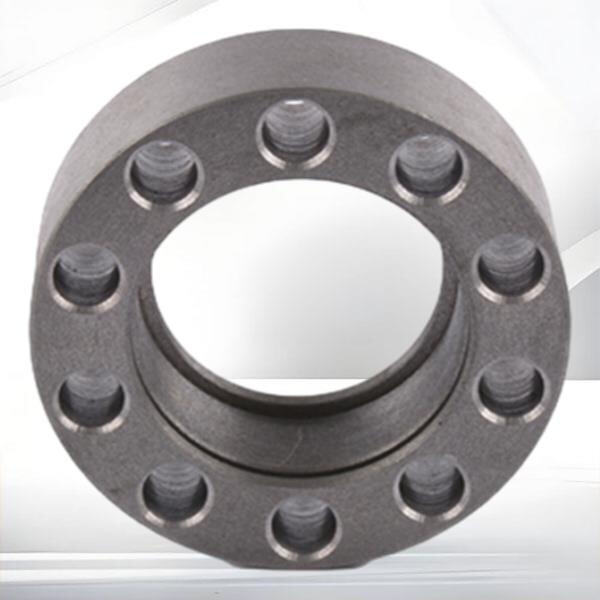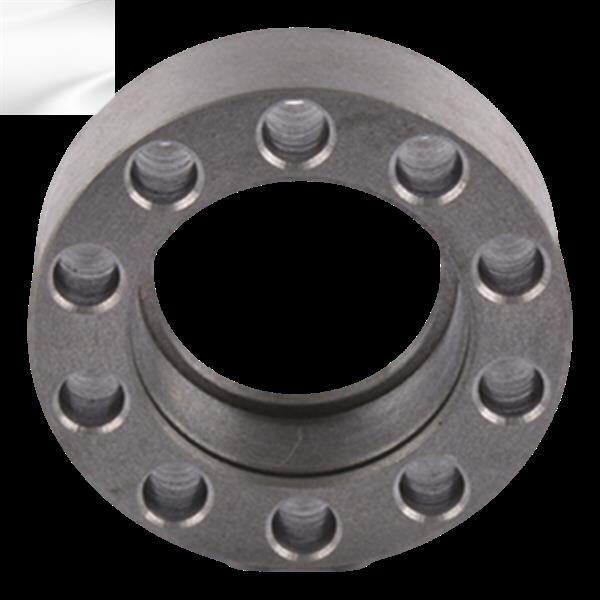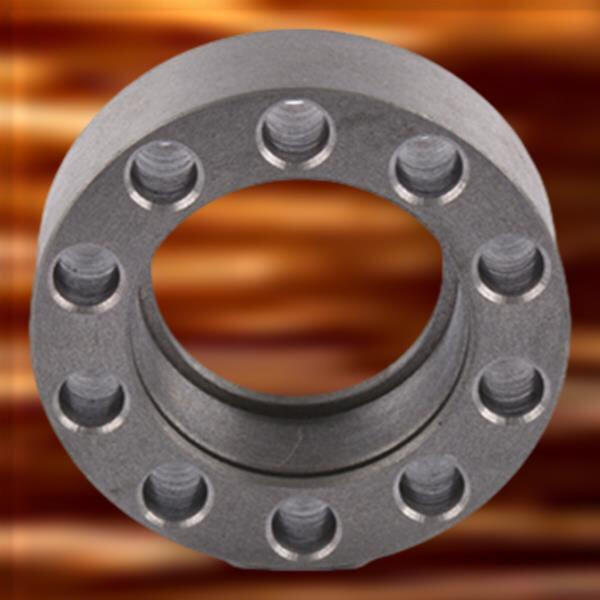Grey iron foundries are a very old business. They are facilities that melt metal and pour them into moulds to make all sorts of things. Foundries are crucial for the manufacture of every day things that people use.
The history of grey iron foundries dates back many years. They have been used to produce objects ranging from tools to machine parts to sculptures. Here is the follow up explanation:Making things in a grey iron foundry begins with melting iron, and adding in a variety of substances to strengthen it. Next, the hot metal is poured into molds so that it cools and hardens into the desired shape. This process is repeated until the metal has cooled, at which point it is removed from the mold and finished to ensure it looks good and works well.

Production of grey iron foundries has a very important place in the manufacturing world. They are used to make components for all kinds of machinery and equipment, from cars to household goods. Most of the stuff we use every single day couldn't be made without grey iron foundries. Such foundries may employ many workers and help manufacturers run smoothly.

Different ideas & technology have definitely advanced grey iron foundries (which they have adapted) over the years. New machinery and new work practices have been developed to make things more efficient. In the modern world, many foundries have started using all kinds of robots and computers to assist with pouring metal or shaping molds. The new tooling has helped to modernize small grey iron foundries so they can be more productive and compete on the world market.

On other hand, grey iron foundries are necessary to create things but they can be polluting. Melting metal and venting gases is bad for local air quality. Clean technologies and regulatory compliance are vital for foundries for the same reason. Filters and other devices to reduce pollution and protect the environment are now used by many foundries.

